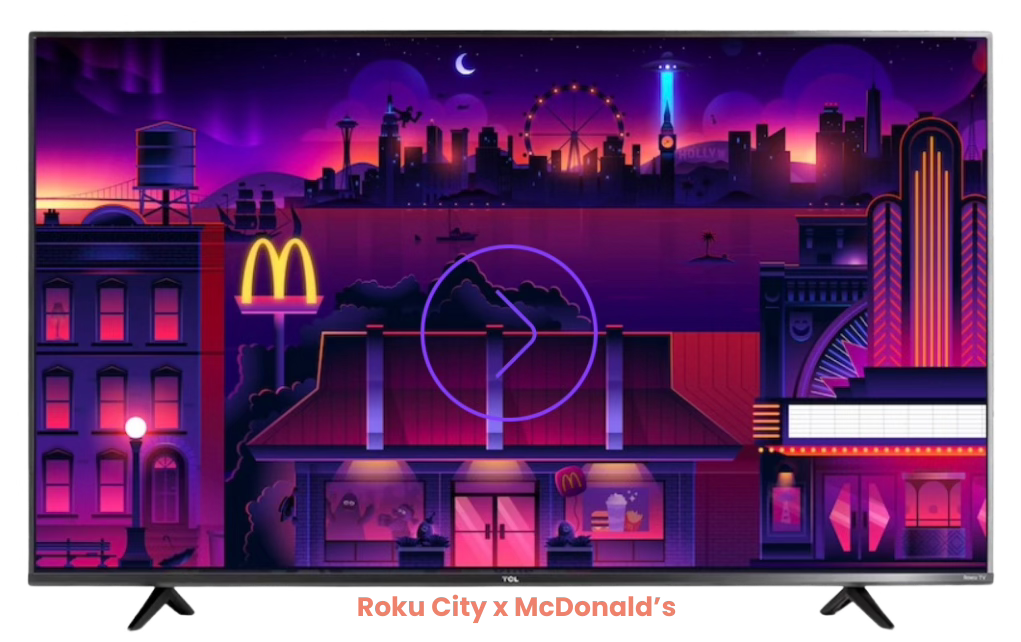🛋️ Your Sofa’s Making Money
How TV home screens evolve from simple navigation interfaces to advertising billboards
I’m so fond of this black rectangular box in my living room. Funny thing though: I don’t pay attention to the hardware technology behind it. I care more about what is inside my TV (the interface, the navigation, the content value proposition) than what my TV is made of. It’s not to say that I don’t care about picture and sound quality, I just take them for granted. Maybe that’s just me (or not).
Now TV interfaces have gone through a massive transformation throughout the years but what grabs my attention the most lately is how our TV home screens are evolving from simple navigation interfaces to advertising billboards.
Ok I’m exaggerating a little but advertising gets front and centre on most user interfaces. It signals an acceleration in the monetisation ambitions of TV OS providers. It does beg questions around viewers’ ad tolerance, advertisers’ adoption and satisfaction, pitfalls to avoid and innovations to bring so let’s dig in.
Today at a glance:
The Why behind ad-driven interfaces
The How from three TV OS players
The What to watch out for
The Why behind ad-driven interfaces
→ The context
I’ve written at length about the shift, from a hardware driven business to a software driven one, we are witnessing in the TV ecosystem.
Samsung and LG have the Roku / Google playbook on their nightstands. Their respective operating systems Tizen and WebOS used to be fortresses (only their TVs were powered by these OS), now they are available for license by third-party TV manufacturers.
Hisense, Philips used to rely on 3rd-party operating systems and now have their own with Vidaa for Hisense, Titan OS for Philips in a move to mitigate the over reliance on 3rd-party OS from companies like Roku, Google (note: Vidaa and Titan are separate entities meaning they now power TVs beyond the Hisense and Philips brands).
In a low margin hardware business, the underlying operating system is where the true value lies. Instead of getting a one-off purchase from us, it's time to generate recurring platform revenues during the life span of a TV.
→ The monetisation opportunities
The TV OS playbook looks more or less like this:


